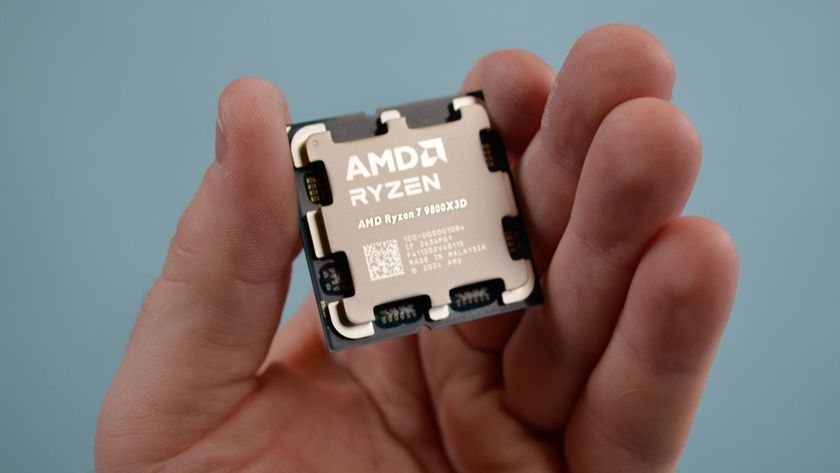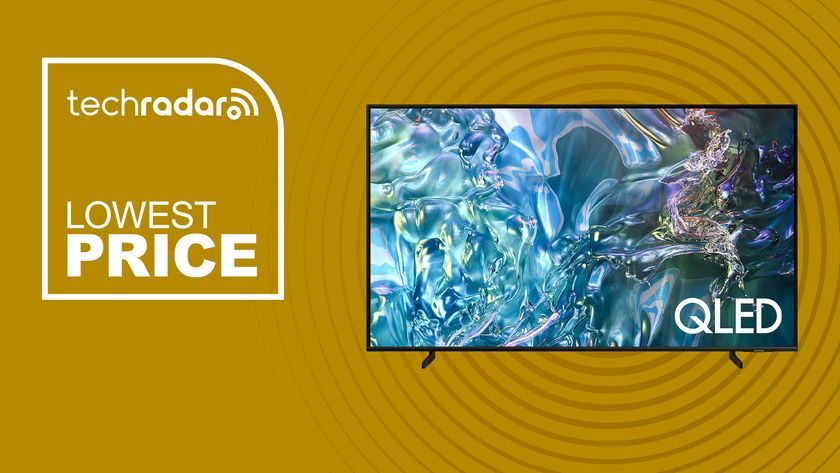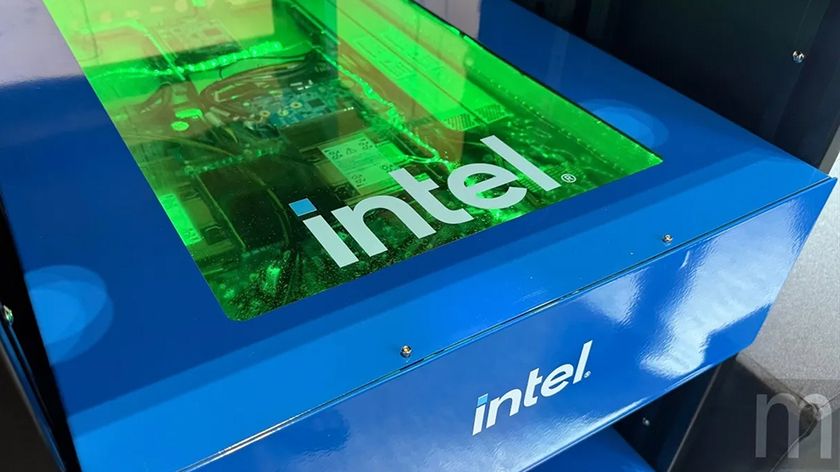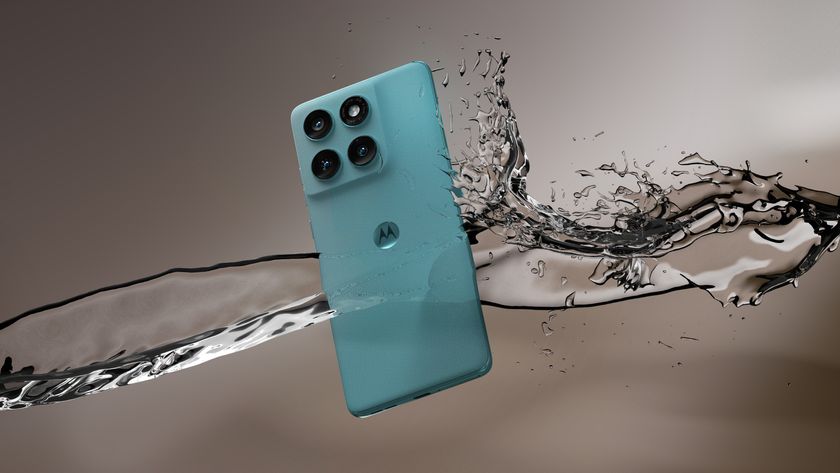Intel's revolutionary Larrabee chip to have 32 cores at launch?
All the details on Intel's attempt to take on ATI and Nvidia in 2009

Intel has released further details of its hotly anticipated Larrabee graphics chip. Due out in late 2009, Larrabee takes a revolutionary new approach to graphics processing - and we reckon it could evenboast up to 32 cores at launch.
It was just over a year ago that TechRadar broke a storysuggesting that Larrabee would contain an array of tiny x86 processor cores based on the ancient Pentium MMX CPU of 1996. At the time, it certainly seemed like a bizarre basis for a graphics chip.
If Intel has done its sums right, the new architecture will not only give graphics chips from AMD and Nvidia a spanking. It could also tear up the rule book for conventional CPUs.
But Intel has now confirmed that the cores inside Larrabee are indeed Pentium based. Exactly how many of these cores Larrabee contains Intel will not be drawn on. However, we do know that the Pentium-derived design makes them much smaller than those found in an Intel Core 2 die.
Cramming in the cores
In fact, Intel suggests 10 Larrabee cores can fit in the same space as a single 65nm Core 2 Duo die. Extrapolate out from that using the knowledge that Larrabee will be based on 45nm silicon technology and we reckon Larrabee chips will boast at least 32 cores at launch.
Intel has also come clean about many further details. Like the Pentium, Larrabee cores are dual-issue in-order processors. To that basic architecture, Intel has added a slew of modern features. The most significant is a superwide floating point unit.
Get daily insight, inspiration and deals in your inbox
Sign up for breaking news, reviews, opinion, top tech deals, and more.
Capable of handling 16 instructions per clock cycle, it's four times as wide as the equivalent unit in one of Intel's existing desktop CPUs. Adding to Larrabee's parallel processing prowess is the ability of each core to crunch four software threads simultaneously.
Courtesy of some simple maths, it's just possible to imagine that the first Larrabee chips might deliver 100 times the floating-point punch of a Core 2 Duo chip.
Fully Core 2 Compatible
Other features include 64-bit data addressing support and full instruction set compatible with Intel's first generation Core 2 processors. Intel has also thrown in some hardware 2D video decode circuitry and wired the whole thing up with an uber-fast 512-bit memory ringbus (that's a memory bus that goes all the way round the chip and connects all the cores to each other and the cache).
Crucially, however, what Larrabee almost entirely lacks is fixed-function graphics rendering circuitry. As highly programmable as the latest DirectX 10 graphics chips have become, they retain a wide range of fixed function units.
Rasterisation, geometry setup, frame buffer and blend – all of this and more is still handled by fixed function hardware in a contemporary GPU. Only the shader units are truly programmable and even those are much less flexible than a general purpose CPU.
Larrabee, by contrast, does the lot in software. The entire rendering pipeline is fully programmable. The only fixed function units are texture samplers which Intel says allow for more efficient texture throughput and anisotropic filtering.
Programmable processor
In theory, Larrabee's entire computational resources can be used to attack the most complex task at any given moment in time. The greater programmability also means that the architecture is not locked to a single graphics API.
In all likelihood, Larrabee will be launched as a DirectX 10 chip. But when DirectX 11 is inevitably released, adding full hardware support will be a simple matter of a software download.
All of which seems deeply promising and impressive. But it remains to be seen if this radical new approach will actually deliver competitive 3D rendering performance. Intel has no real track record in high performance graphics. It's a brutally competitive market and in the shape of AMD and NVIDIA, Intel is squaring up against teams of extremely well established and talented GPU architects.
Single-chip solution
The final piece of the Larrabee puzzle is the impact it might have on not just graphics processing but also the good old CPU. The general trend in computing today is a shift from old school sequential processing towards parallel processing.
Needless to say, Larrabee's massively multi-threaded architecture looks tailor made just such a shift. It's just possible that Intel processors will eventually contain both a handful of conventional heavyweight CPU cores and an array of smaller Larrabee-derived cores. A single-chip processing solution that could spell the end of discreet CPUs and GPUs? We wouldn't bet against it.
Technology and cars. Increasingly the twain shall meet. Which is handy, because Jeremy (Twitter) is addicted to both. Long-time tech journalist, former editor of iCar magazine and incumbent car guru for T3 magazine, Jeremy reckons in-car technology is about to go thermonuclear. No, not exploding cars. That would be silly. And dangerous. But rather an explosive period of unprecedented innovation. Enjoy the ride.













